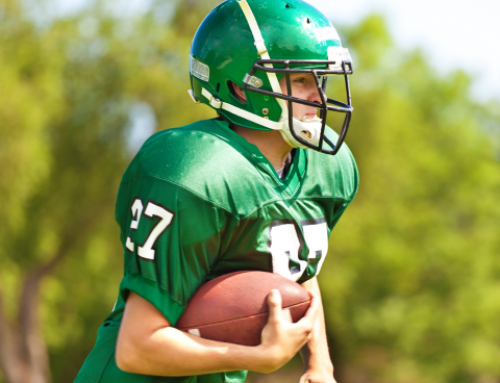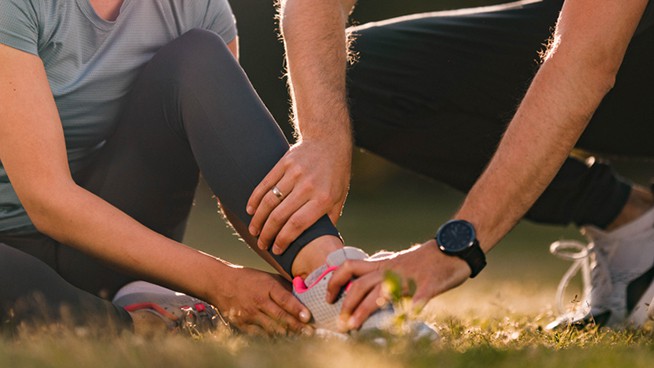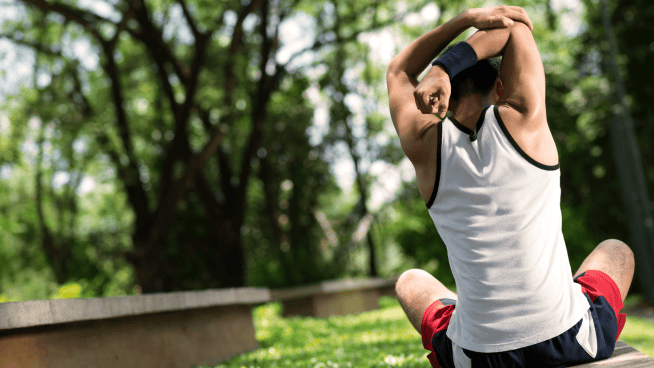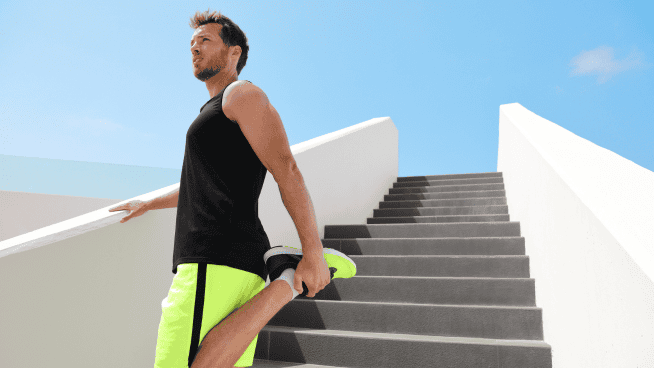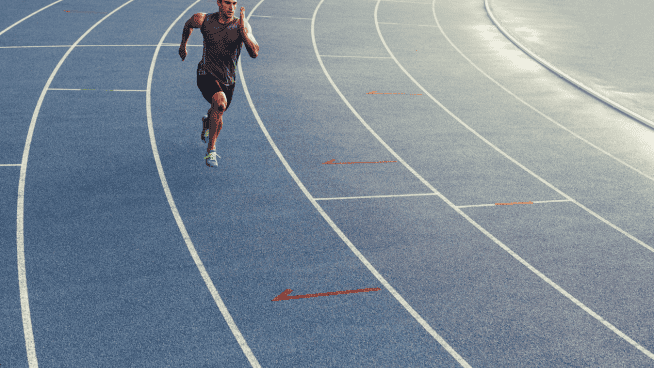Sports Injury Treatment, at Home and Beyond
Most athletes who’ve had a sports injury are all-too familiar with the term RICE: Rest, Ice, Compression and Elevation. But there are other therapies, too. Let’s take a look at both home therapy and clinical treatments.
RICE
RICE is a crucial first step in post-injury triage, particularly in the first 24 to 48 hours following an injury. Let’s break it down.
Rest: Significantly cut down on your normal activity levels immediately following an injury. Then do your normal activity in moderation for a period of time agreed upon by you and your doctor. You may experience some withdrawal-like symptoms with this. If you’re not working out, your body produces fewer endorphins, so you may feel more fatigued and less energetic than usual. Give your body time to heal.
Ice, compression and elevation: These are all about reducing inflammation around the injury. It can lessen the pain and speed up the body’s healing time. All three are helpful, both immediately after an injury and as you gear back up and exercise again.
Tip: If you’ve never used compression tape, next time you train, try wrapping your injured area snugly but not so tight that it cuts off your circulation. You might be surprised at what a little targeted pressure and passive support can do.
Ultrasound
If you’re still in pain two days after an injury, it’s time to see a doctor (if you haven’t been to one already). The doctor may prescribe treatment, including physical therapy. He or she can also help determine your plan for getting back in the game.
Home therapy may include light stretching, modified exercises (assisted and unassisted) and possibly high-tech options like ultrasound therapy to accelerate the healing and repair of soft tissues (hamstrings, gluteal muscles, lower back, etc).
Ultrasound uses high frequency sound waves to vibrate tissue to produce heat within ligaments, tendons, scar tissue and fibrous joint capsules. The heat is thought to reduce inflammation by attracting protective mast cells and increasing blood flow to the site of injury. It may also increase collagen production, an essential process for tissue repair, because it is the primary protein component in soft tissue. Though studies are mixed, ultrasound is a worthwhile therapeutic option to explore with your physical therapist as a part of your overall strategy for pain reduction and the healing process.
The Mind-Body Connection
If your injury sidelines you for a good while, it may have psychological implications. You may be angry that your activities are on hold or mad at yourself for getting hurt. Not moving around nearly as much can lead to inertia and depression. It helps to surround yourself with good friends and upbeat family members who can provide encouragement and support. It’s all about putting one foot in front of the other and taking positive steps toward healing your body and spirit.
Also, it may lift your spirits and ease your anxiety to spend some of your down time learning about your injury so you can ask good questions of your doctor. You will have an easier time moving forward if you understand your injury, the recovery time, the reasoning behind your treatment plan and alternative exercises you can safely do.
Read more:
RECOMMENDED FOR YOU
MOST POPULAR
Sports Injury Treatment, at Home and Beyond
Most athletes who’ve had a sports injury are all-too familiar with the term RICE: Rest, Ice, Compression and Elevation. But there are other therapies, too. Let’s take a look at both home therapy and clinical treatments.
RICE
RICE is a crucial first step in post-injury triage, particularly in the first 24 to 48 hours following an injury. Let’s break it down.
Rest: Significantly cut down on your normal activity levels immediately following an injury. Then do your normal activity in moderation for a period of time agreed upon by you and your doctor. You may experience some withdrawal-like symptoms with this. If you’re not working out, your body produces fewer endorphins, so you may feel more fatigued and less energetic than usual. Give your body time to heal.
Ice, compression and elevation: These are all about reducing inflammation around the injury. It can lessen the pain and speed up the body’s healing time. All three are helpful, both immediately after an injury and as you gear back up and exercise again.
Tip: If you’ve never used compression tape, next time you train, try wrapping your injured area snugly but not so tight that it cuts off your circulation. You might be surprised at what a little targeted pressure and passive support can do.
Ultrasound
If you’re still in pain two days after an injury, it’s time to see a doctor (if you haven’t been to one already). The doctor may prescribe treatment, including physical therapy. He or she can also help determine your plan for getting back in the game.
Home therapy may include light stretching, modified exercises (assisted and unassisted) and possibly high-tech options like ultrasound therapy to accelerate the healing and repair of soft tissues (hamstrings, gluteal muscles, lower back, etc).
Ultrasound uses high frequency sound waves to vibrate tissue to produce heat within ligaments, tendons, scar tissue and fibrous joint capsules. The heat is thought to reduce inflammation by attracting protective mast cells and increasing blood flow to the site of injury. It may also increase collagen production, an essential process for tissue repair, because it is the primary protein component in soft tissue. Though studies are mixed, ultrasound is a worthwhile therapeutic option to explore with your physical therapist as a part of your overall strategy for pain reduction and the healing process.
The Mind-Body Connection
If your injury sidelines you for a good while, it may have psychological implications. You may be angry that your activities are on hold or mad at yourself for getting hurt. Not moving around nearly as much can lead to inertia and depression. It helps to surround yourself with good friends and upbeat family members who can provide encouragement and support. It’s all about putting one foot in front of the other and taking positive steps toward healing your body and spirit.
Also, it may lift your spirits and ease your anxiety to spend some of your down time learning about your injury so you can ask good questions of your doctor. You will have an easier time moving forward if you understand your injury, the recovery time, the reasoning behind your treatment plan and alternative exercises you can safely do.
Read more:
[cf]skyword_tracking_tag[/cf]



